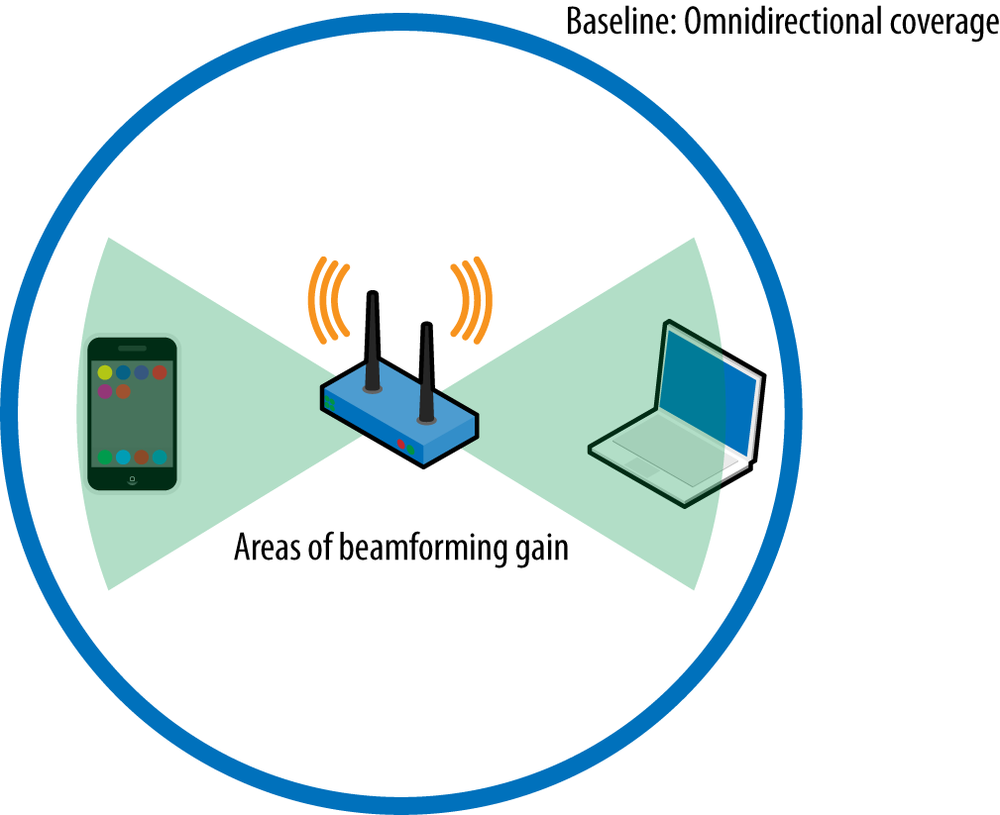You're in the market for a new router? Excellent! There are a lot of options out there, so it's good to know what to look for. Here's a breakdown of the key factors to consider:
Router Features
-
Wi-Fi Standard (802.11)
Wi-Fi 6 (802.11ax): This is the latest standard, offering the fastest speeds, improved efficiency, and better performance in crowded areas. It's ideal for homes with multiple devices and heavy internet usage. Wi-Fi 5 (802.11ac): Still a very capable standard, offering good speeds and range. A more budget-friendly option if Wi-Fi 6 is not essential. Older standards (802.11n, 802.11g): Avoid these if possible, as they are outdated and offer slower speeds. -
Speed and Bandwidth
Check your internet plan: Make sure the router's speed supports your internet plan. No point getting a super-fast router if your internet connection can't keep up! Consider your needs: Do you stream 4K video, play online games, or have multiple devices connected simultaneously? These activities require higher bandwidth. -
Coverage and Range
Home size: Larger homes may need a router with greater range or a mesh Wi-Fi system for full coverage. Obstacles: Walls and floors can weaken Wi-Fi signals. Consider a router with multiple antennas or beamforming technology for better signal direction. -
Security Features
WPA2/WPA3 encryption: Ensure the router supports the latest encryption standards to protect your network. Firewall: A built-in firewall adds an extra layer of protection against unauthorized access. Guest network: Create a separate network for guests to isolate them from your main network and devices. Parental controls: If you have children, consider a router with parental controls to manage internet access. -
Number of Ports and Connections
Ethernet ports: If you have devices that need a wired connection (gaming consoles, smart TVs), make sure the router has enough Ethernet ports. USB ports: Some routers have USB ports for connecting external hard drives or printers for network sharing. -
Other Features
Quality of Service (QoS): Prioritize bandwidth for specific devices or activities (like gaming or video streaming). Mesh Wi-Fi: If you have a large home or weak Wi-Fi signals, consider a mesh Wi-Fi system with multiple units for seamless coverage. Smart features: Some routers offer app control, voice control, or integration with smart home platforms. -
Budget
Set a budget: Routers range in price from budget-friendly to high-end. Determine how much you're willing to spend. Value for money: Look for a router that offers the best features and performance within your budget. -
Reviews and Recommendations
Read reviews: Check online reviews and ratings from reputable sources before making a purchase. Seek recommendations: Ask friends, family, or tech-savvy individuals for their recommendations.

Side Note: What does AX1200 mean?
Terminology
AX: This indicates that the router supports the Wi-Fi 6 standard (also known as 802.11ax). This is the
latest generation of Wi-Fi, offering significant improvements over previous generations like Wi-Fi 5
(802.11ac).
1200: This number represents the theoretical maximum combined speed of the router across all its bands
(usually 2.4GHz and 5GHz). In this case, it means the router can theoretically provide up to 1200 Mbps
(megabits per second) of total bandwidth.
The "AX1200" speed is a theoretical maximum. Real-world speeds will likely be lower due to factors like
distance from the router, interference, and the capabilities of your devices.
Combined speed: This speed is the total across all bands. An AX1200 router might have, for example, 300
Mbps on the 2.4 GHz band and 900 Mbps on the 5 GHz band.
Single device speed: A single device will connect to only one band at a time. So, even with an AX1200
router, a device connected to the 2.4 GHz band will be limited to the speed of that band (in the example
above, 300 Mbps).

Benefits of Wi-Fi 6 (AX)
Even though you might not hit the maximum speed, Wi-Fi 6 still offers advantages:- Faster speeds: Overall, Wi-Fi 6 offers faster speeds than previous generations.
- Improved efficiency: Handles multiple devices more efficiently, especially in crowded networks.
- Lower latency: Reduces lag for activities like online gaming.
- Better battery life: More power-efficient for devices.



